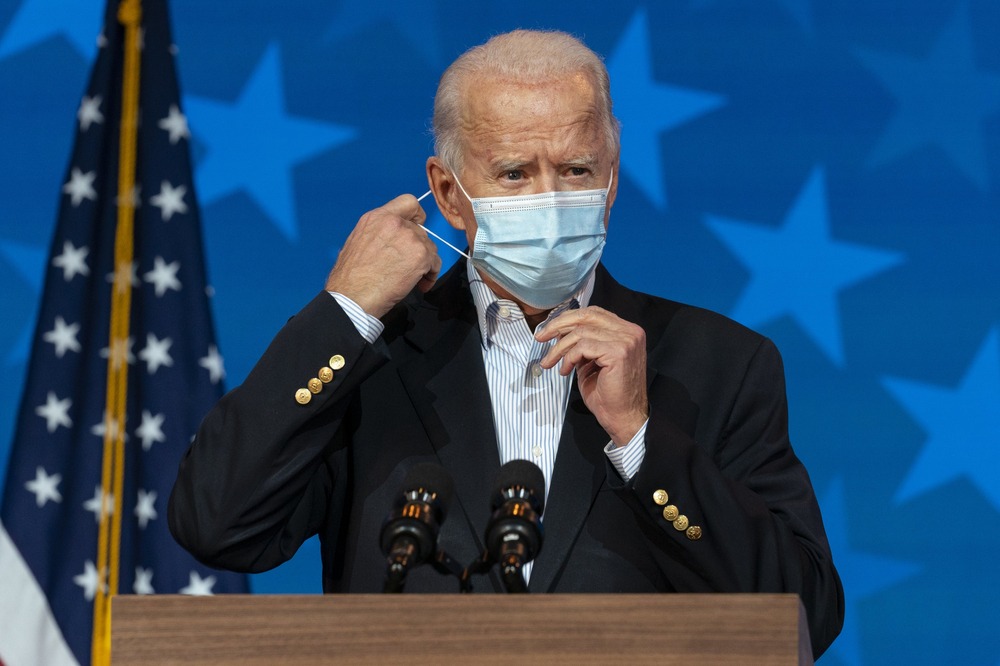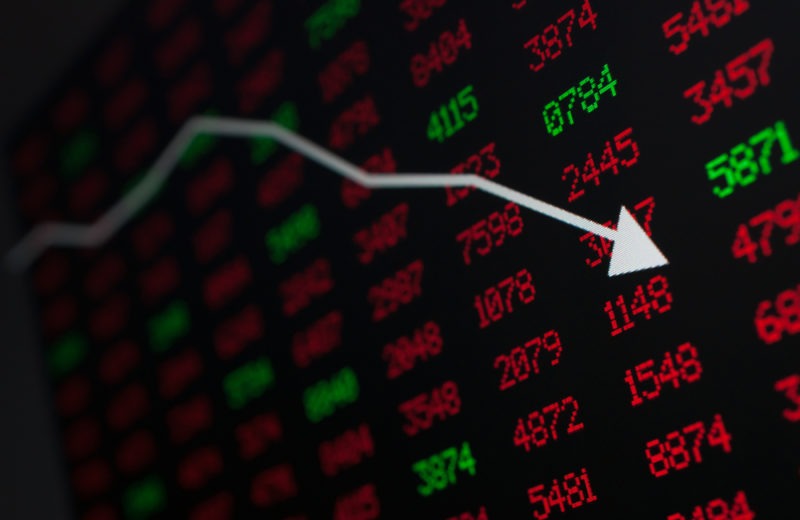Asian Stocks Hesitate Amid Mixed U.S. Economic Data
Amidst a complex interplay of global economic factors, Asian stocks are grappling with uncertainty on Thursday. The U.S. economy’s conflicting signals and ongoing speculation about the Federal Reserve’s policy direction have left investors in a state of hesitation. Despite robust retail sales, concerns linger over disinflation, notably reinforced by below-forecast core inflation figures.
Fed Anticipation Sparks Market Cautiousness
Analysts suggest that a consolidation phase may be imminent, with market movements contingent on potential comments from Federal Reserve officials. The positive sentiment from strong retail sales is countered by concerns arising from disinflation signals. Analysts at ANZ note that a substantial amount of information has been rapidly digested by markets, emphasizing the need for a period of consolidation, especially if Federal Reserve officials push back against recent easing in financial conditions.
Mixed Trends in Asian Markets
In the early stages of the Asian trading day, MSCI’s broadest index of Asia-Pacific shares outside Japan exhibited a 0.2% decline. Despite this, the index has shown a remarkable 7.1% increase so far this month. Australian shares experienced a 0.33% dip, while Japan’s Nikkei stock index slid 0.36%. Wednesday witnessed the MSCI Asia ex-Japan index, MSCI Emerging Market index, and Nikkei posting their most substantial gains in a year, ranging from 2.5% to more.
China’s Impact and Biden-Xi Meeting Dynamics
Chinese industrial and retail numbers managed to calm nerves on Wednesday, boosting mainland stocks. Although the data exceeded expectations, underlying economic concerns persist, particularly with the property sector facing challenges. China’s blue-chip CSI300 index, however, started 0.1% lower in early trade, and Hong Kong’s Hang Seng index dropped by 0.35%.
While these movements did not trigger specific market reactions, investors also learned about the first meeting in a year between U.S. President Joe Biden and Chinese leader Xi Jinping on Wednesday. The leaders agreed to resume military-to-military communications and cooperate on anti-drug policies.
Wall Street’s Optimism and Cautious Market Response
Wednesday’s U.S. stock market closure witnessed a slight increase, driven by optimism surrounding the Federal Reserve’s potential cessation of interest rate hikes. The Dow Jones Industrial Average rose by 0.47%, the S&P 500 gained 0.16%, and the Nasdaq Composite narrowed earlier gains to end flat.
Money market traders have fully priced in the likelihood that the U.S. central bank will keep rates steady in December, according to CME Group’s Fedwatch tool. Additionally, they anticipate the first rate cut of the cycle to commence in May 2024. Investors are increasingly factoring in more rate cuts next year, contributing to downward pressure on bond yields and the dollar. Some of this reversed on Wednesday, with Treasury yields and the dollar rebounding slightly from the previous session’s fall.
Asian Shares Retreat Following Biden-Xi Meeting
Wall Street Rally Fades as Biden-Xi Outcomes Unfold
In the intricate dance of global markets, Asian shares experienced a retreat after the initial optimism triggered by the Biden-Xi meeting between U.S. President Joe Biden and Chinese leader Xi Jinping.
Despite modest agreements between the leaders, uncertainties persist, influencing market sentiment. Hong Kong’s Hang Seng witnessed a 1.2% decline, and Japan’s Nikkei edged lower. Market movements remained cautious after Wall Street’s rally, influenced by conflicting economic signals and geopolitical factors.
Global Economic Concerns
Wednesday’s positive momentum on Wall Street appeared tentative, coming off its best day since April. The encouraging report on inflation bolstered investors’ hopes that the Federal Reserve might be concluding its interest rate hikes, fostering optimism that the Fed can navigate inflation control without triggering a recession.
Despite uncertainties halfway through November, the S&P 500 has already surged by 7.4%, potentially making this its best month in a year. Treasury yields rose on Wednesday, retracing some of the steep drops from the previous day that had contributed to the significant stock rally. The yield on the 10-year Treasury climbed to 4.53% from 4.45% late Tuesday, adding pressure to financial markets.
Inflation Reports and Rate Cut Expectations
Another report on inflation on Wednesday revealed lower-than-expected prices at the wholesale level, with a 1.3% increase in October from a year earlier. This unexpected fall from September’s levels injected more life into hopes that inflation is cooling enough for the Federal Reserve to halt its barrage of rate hikes. A separate report showed U.S. retailers’ sales falling by 0.1% in October from September, holding up better than the 0.3% drop forecast by economists.
Traders on Wall Street have started building expectations that the Federal Reserve could begin cutting rates as soon as the summer following recent encouraging data on inflation. Despite Fed officials stating their intention to keep interest rates high for a while, ensuring the battle against inflation is definitively won, strategists at Goldman Sachs warn that market expectations for rate cuts globally may be “too large and too early.”
Oil Prices and Currency Dynamics
In other trading, U.S. benchmark crude oil gave up 61 cents to $76.06 per barrel in electronic trading on the New York Mercantile Exchange. It lost $1.60 to $76.66 on Wednesday. Brent crude, the international standard, declined 70 cents to $80.48 per barrel. The U.S. dollar fell to 151.32 Japanese yen from 151.38 yen, and the euro slipped to $1.0840 from $1.0848.
















